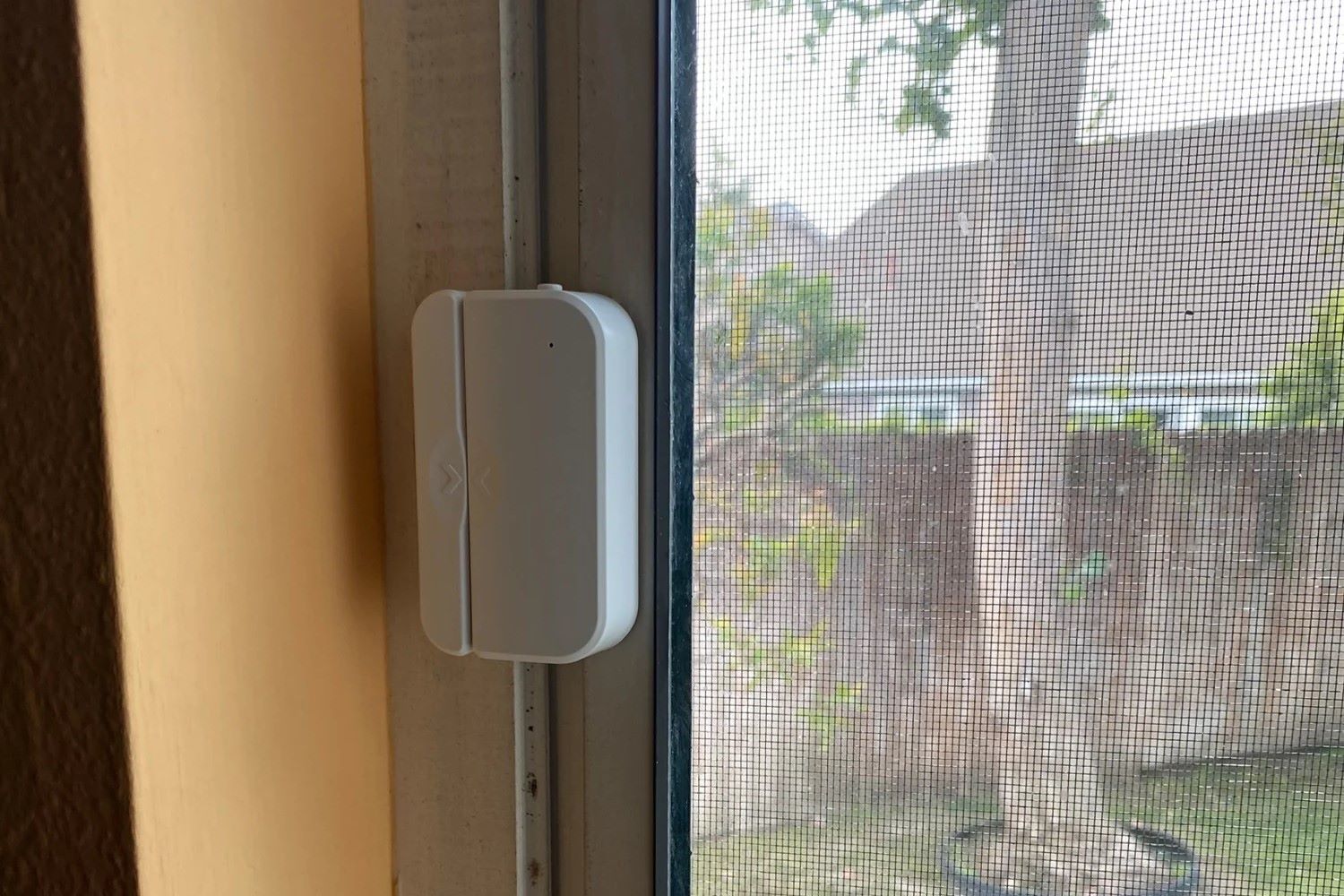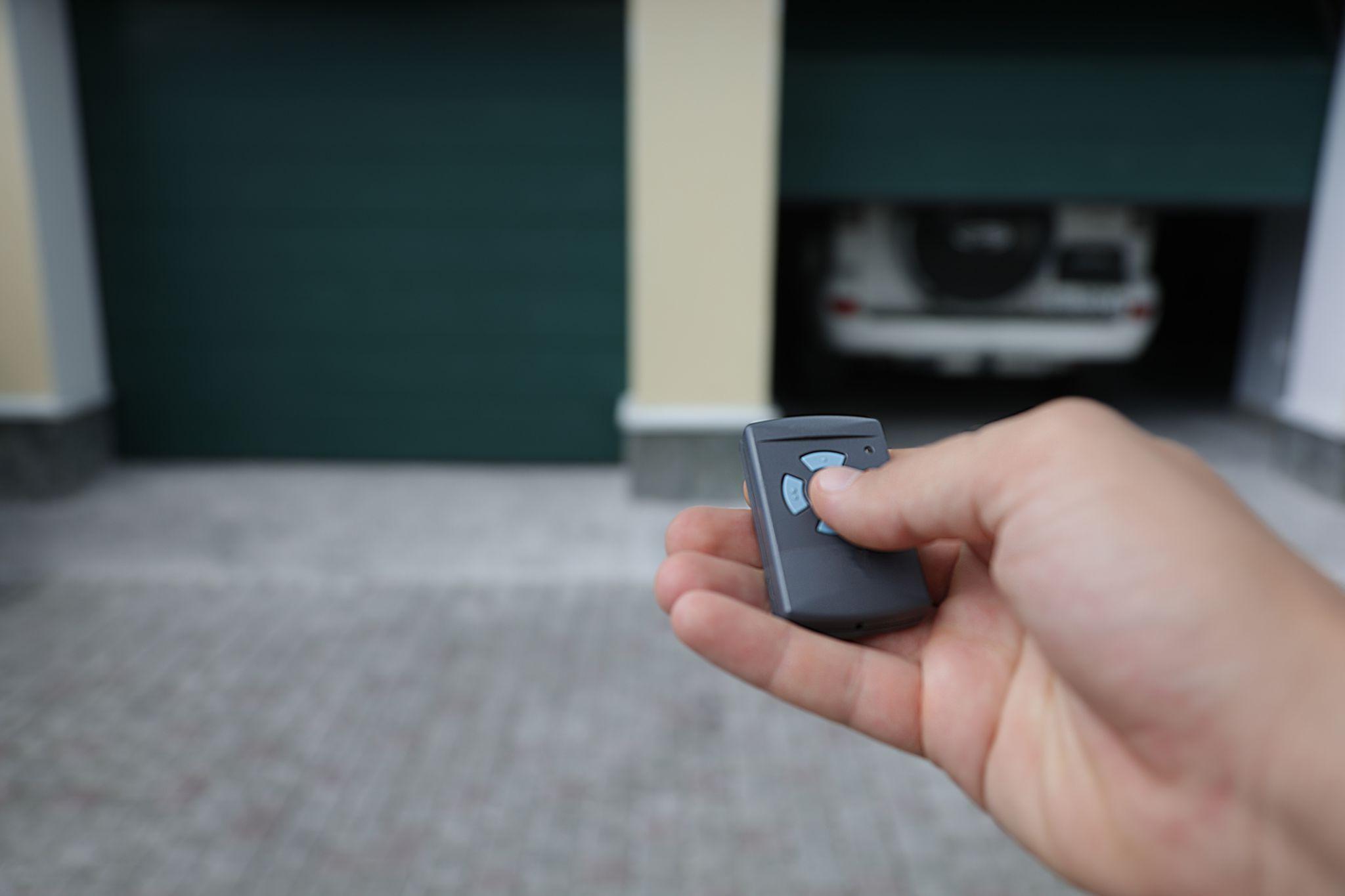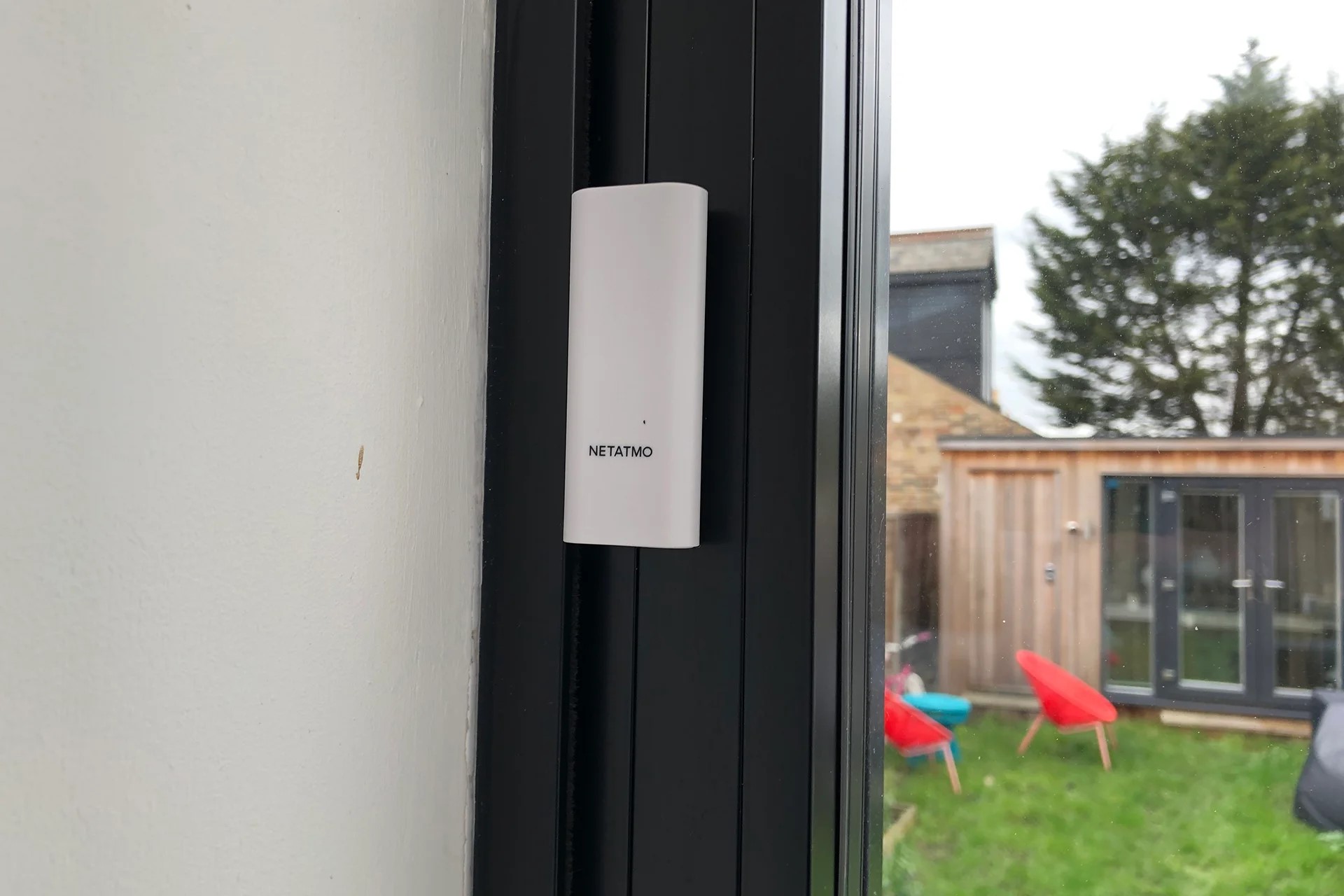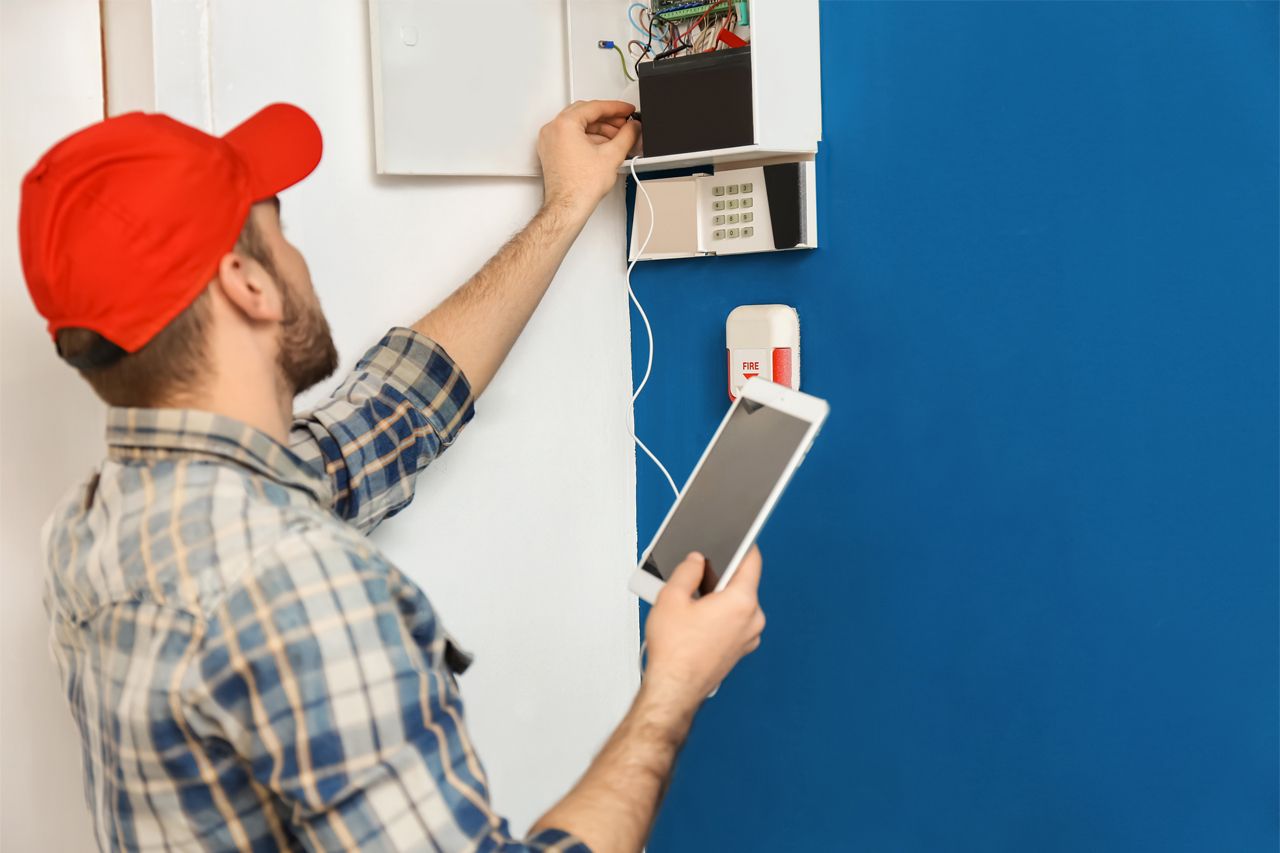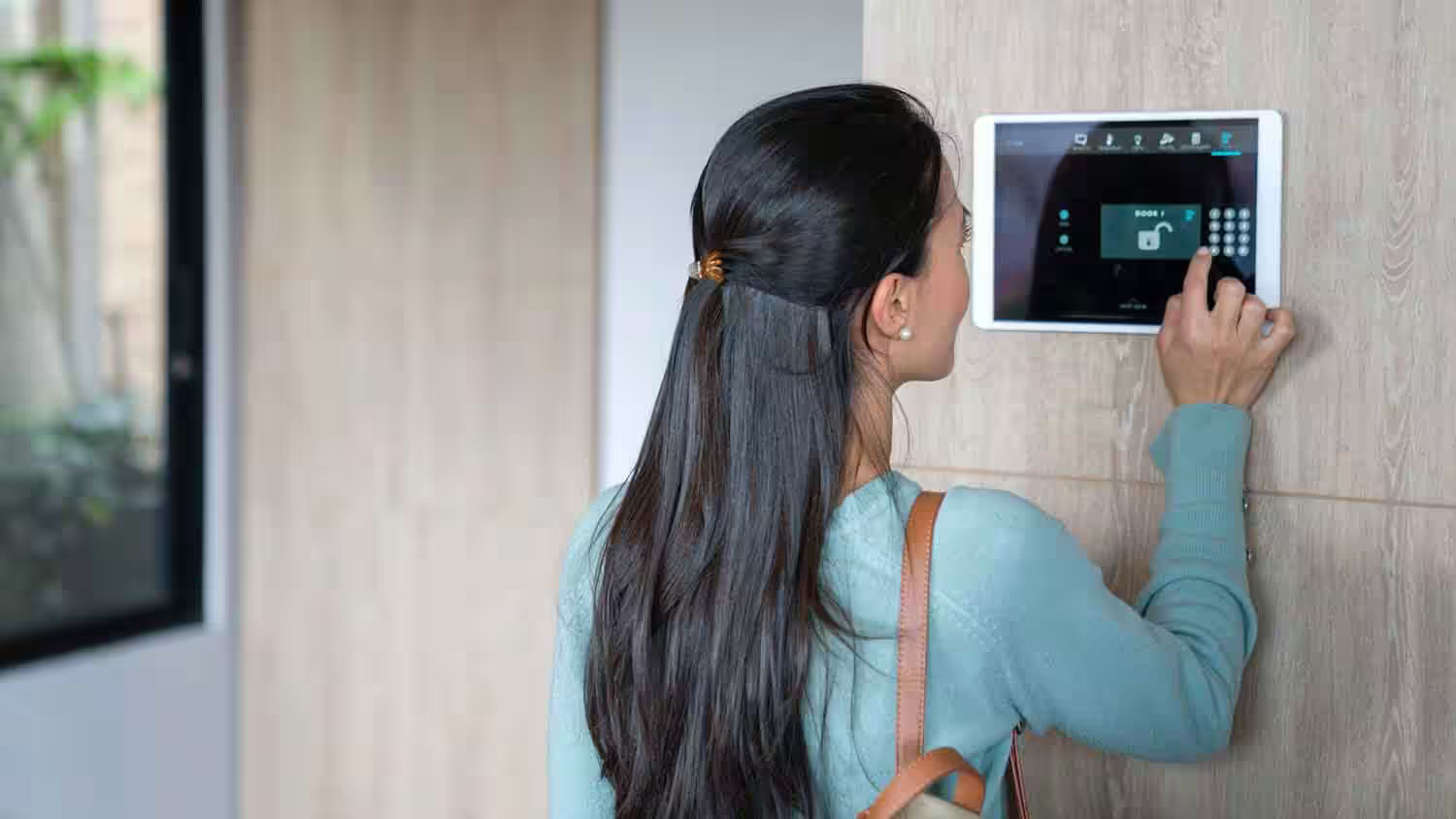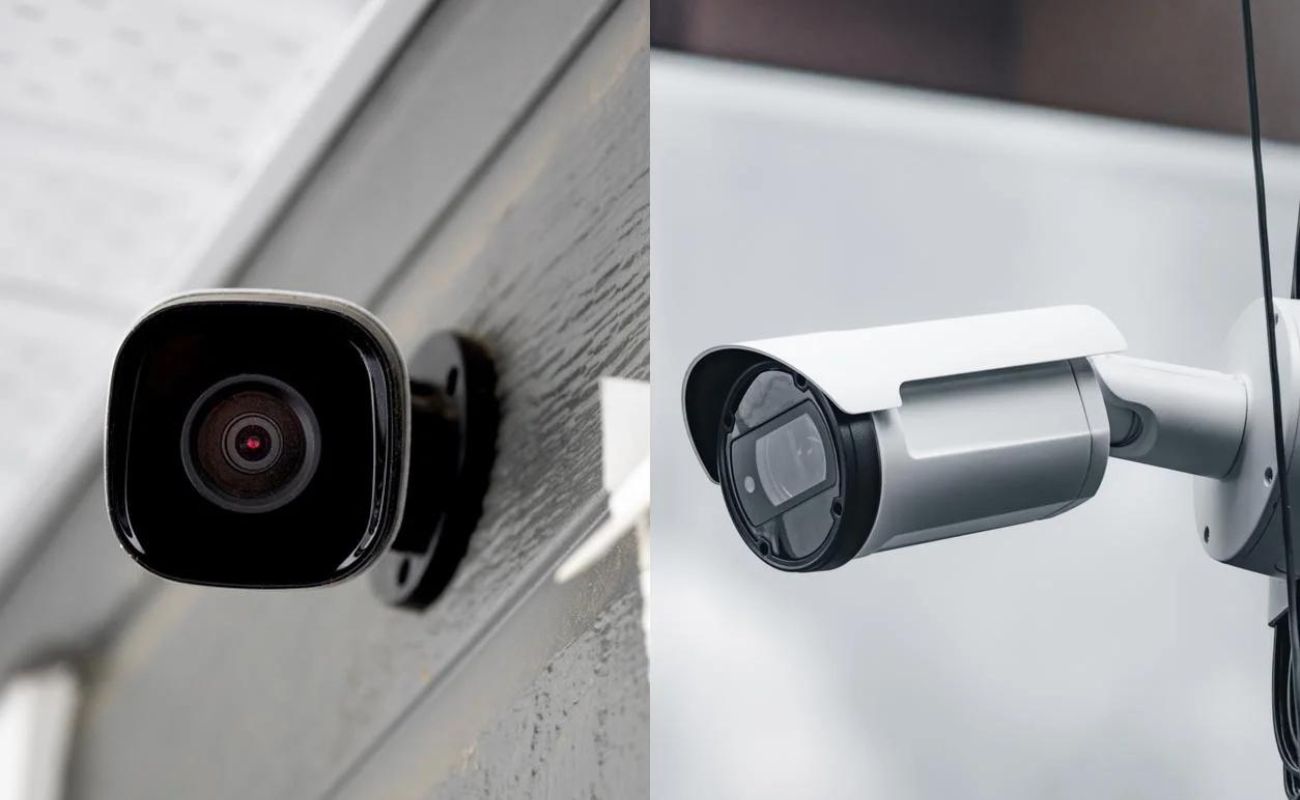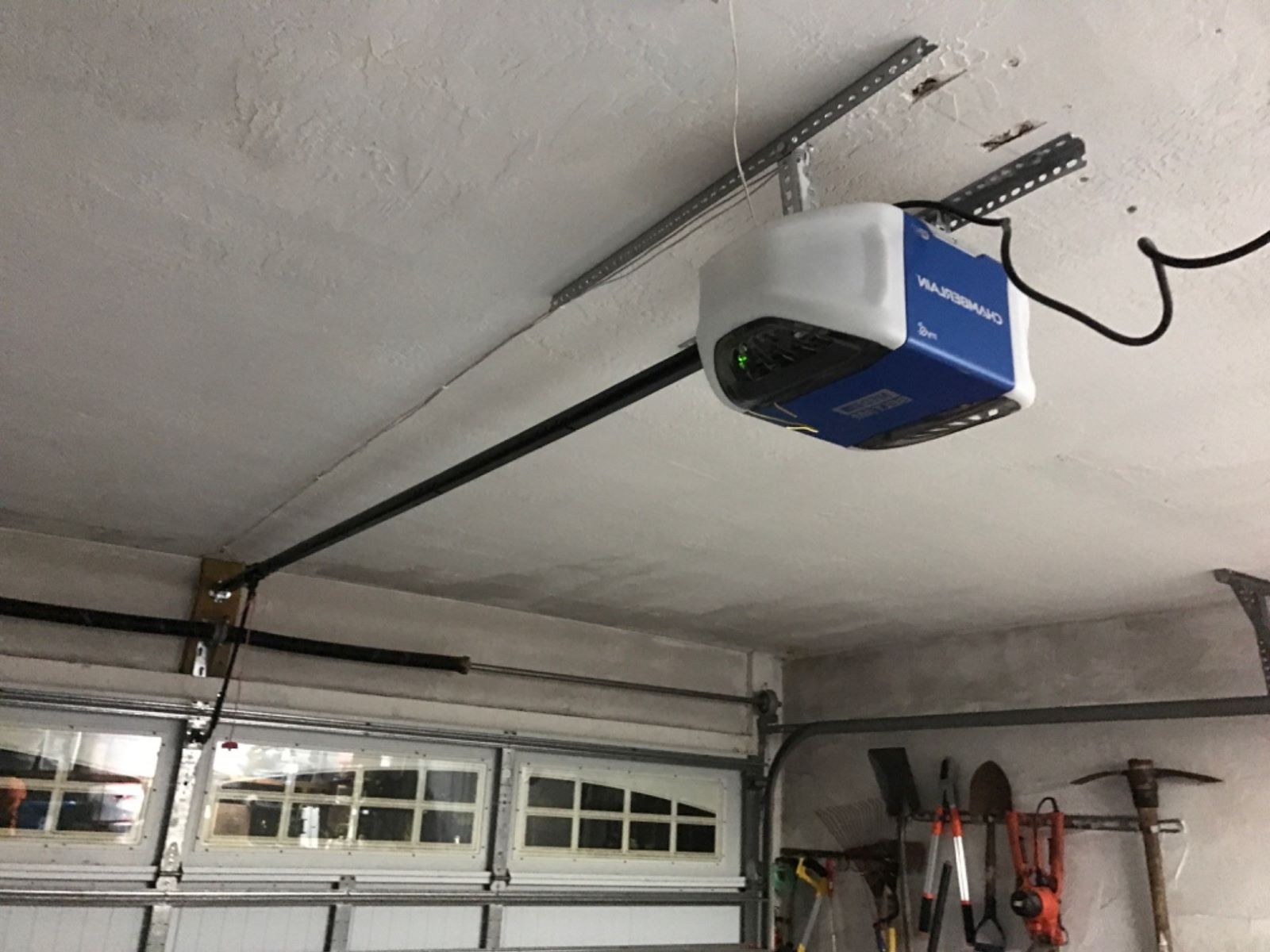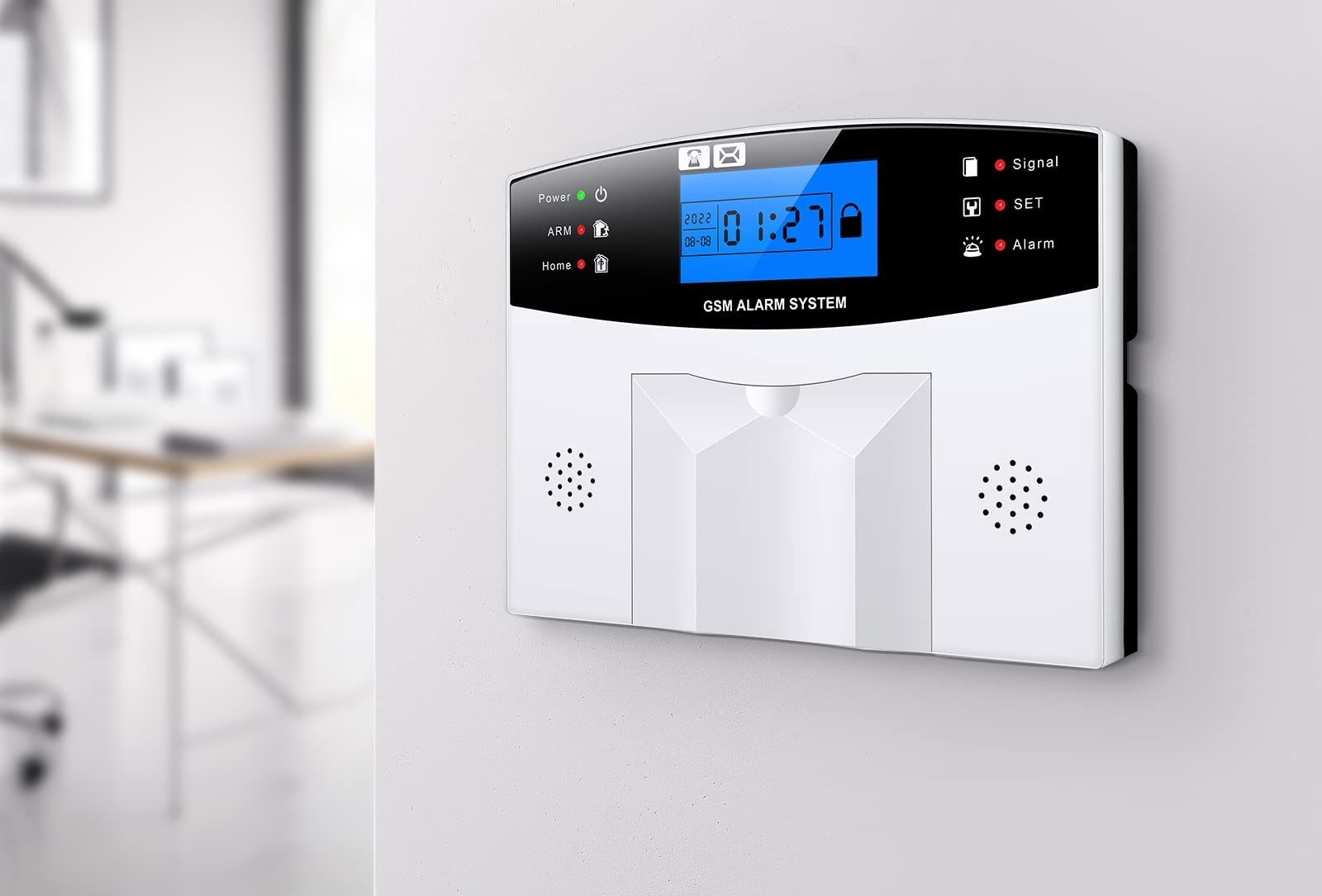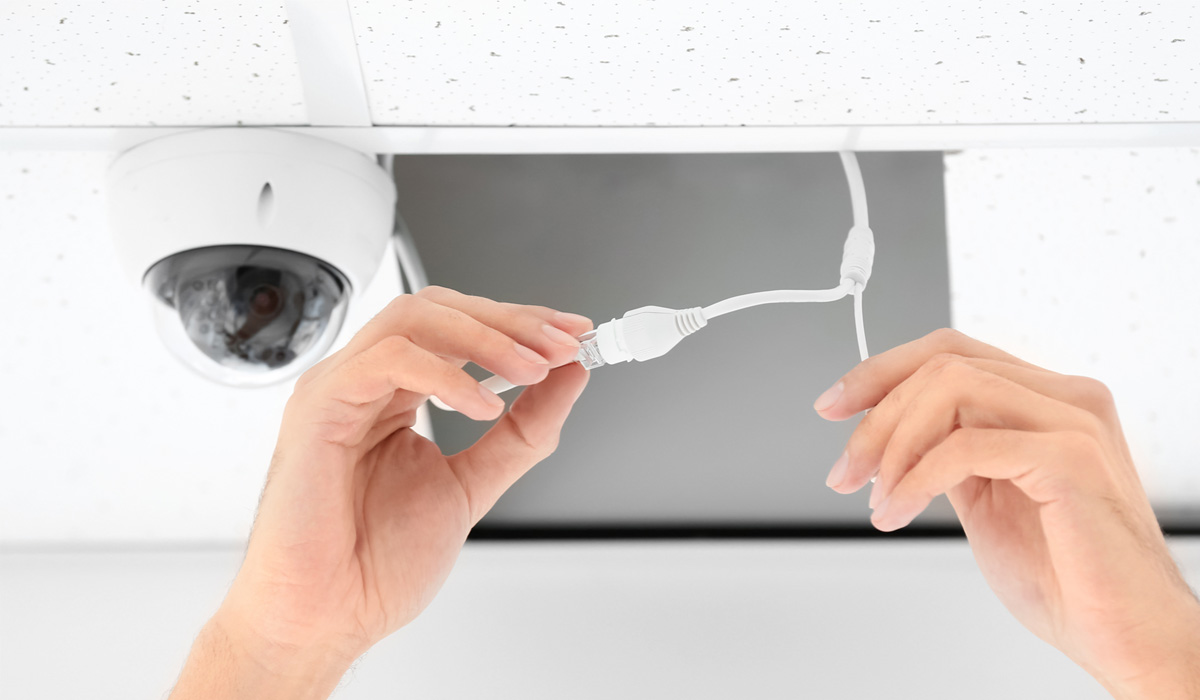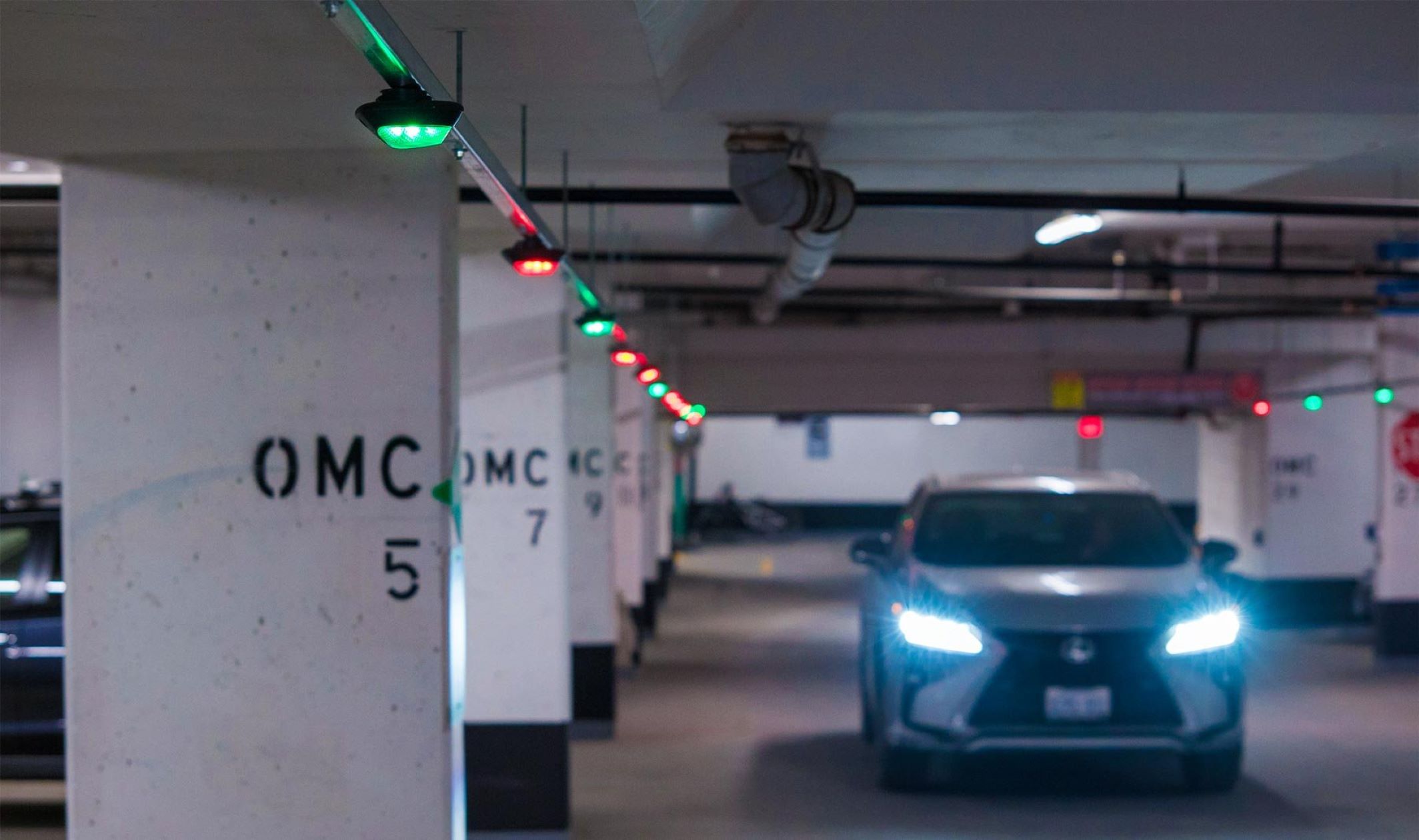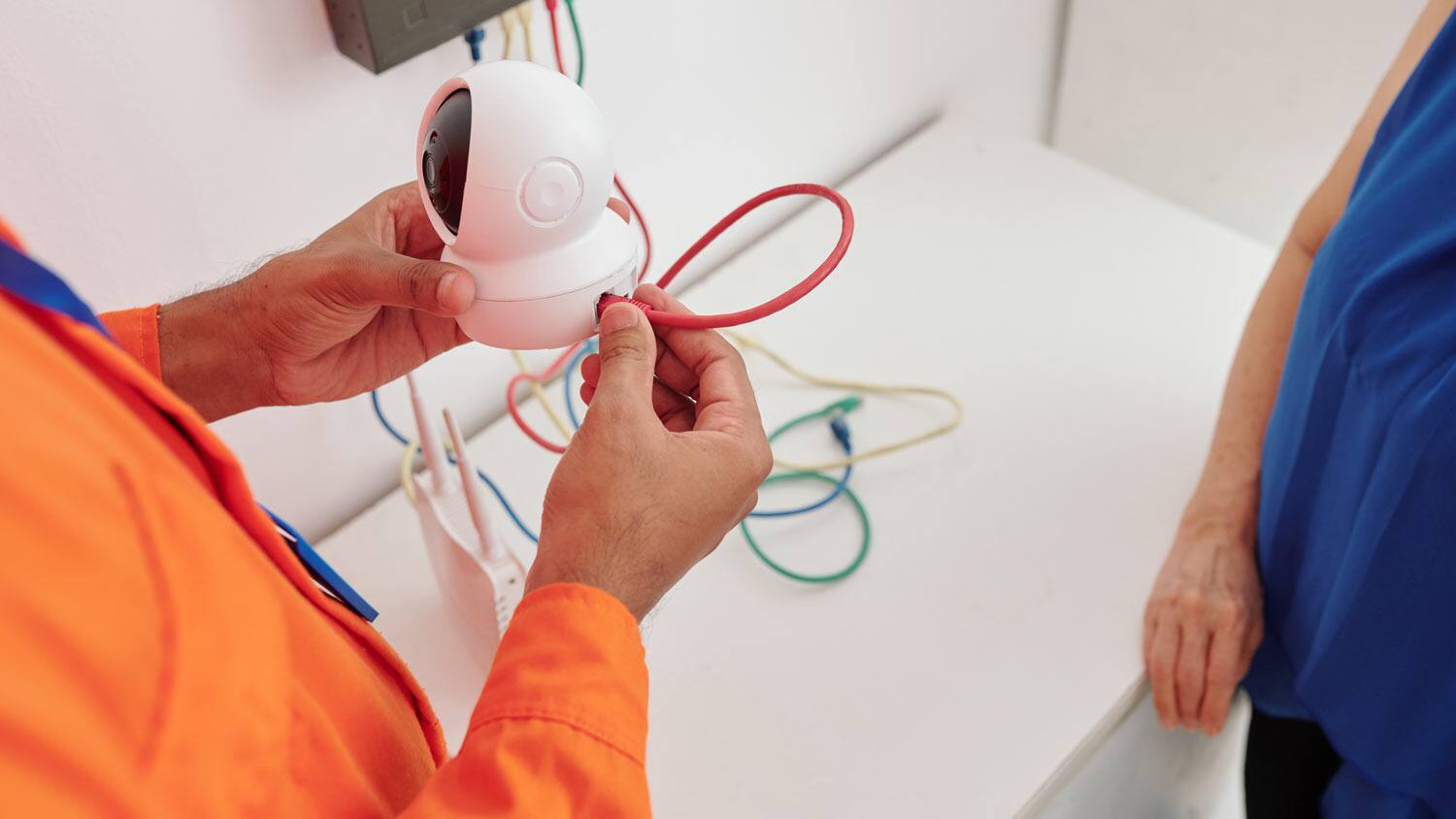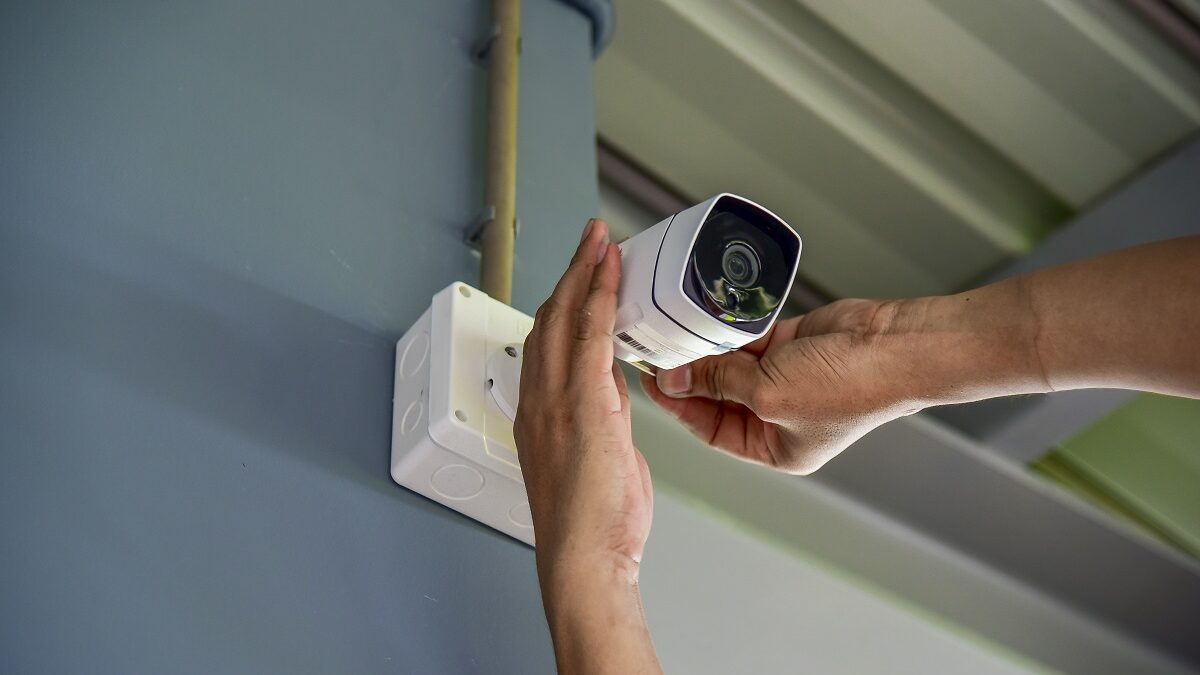Home>Home Security and Surveillance>How To Use Pre-wired Home Security With Smart Sensor
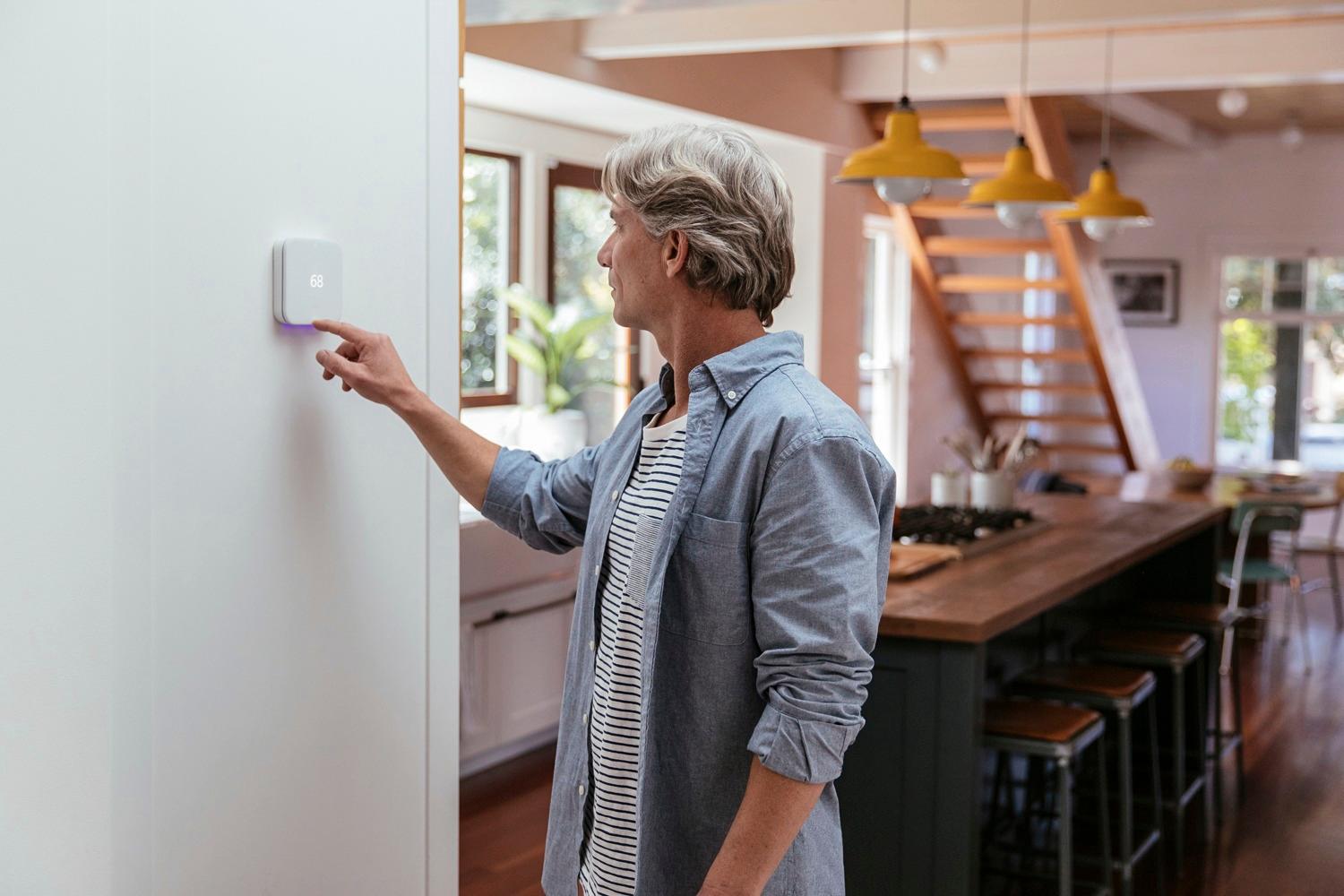

Home Security and Surveillance
How To Use Pre-wired Home Security With Smart Sensor
Modified: October 19, 2024
Discover how to effectively utilize prewired home security systems with smart sensors for enhanced home security and surveillance.
(Many of the links in this article redirect to a specific reviewed product. Your purchase of these products through affiliate links helps to generate commission for Storables.com, at no extra cost. Learn more)
Introduction
Welcome to the world of home security and surveillance! In today’s fast-paced and interconnected world, it has become imperative for homeowners to prioritize the safety and security of their homes and loved ones. With advancements in technology, home security systems have evolved to offer a wide range of features and capabilities.
One such innovation in the field of home security is the concept of prewired home security systems with smart sensors. This cutting-edge technology combines the convenience of prewired setups with the intelligent capabilities of smart sensors, providing homeowners with a comprehensive and robust security solution.
So, what exactly is prewired home security, and how can it be integrated with smart sensors? In this article, we will delve into the world of prewired home security systems and explore the benefits of combining them with smart sensors. We will also provide you with a step-by-step guide on how to make the most of this advanced security system setup. So, let’s dive in!
Key Takeaways:
- Prewired home security systems with smart sensors offer a hassle-free and flexible setup, providing comprehensive coverage and real-time notifications for enhanced security and peace of mind.
- By combining the convenience of prewired systems with the advanced capabilities of smart sensors, homeowners can easily protect their homes and loved ones, with the added benefit of remote access and easy maintenance.
What is Prewired Home Security?
Prewired home security refers to the installation of security system wiring during the construction or renovation phase of a home. This involves running wires and cables through the walls, ceilings, and floors to connect various security components such as cameras, sensors, and control panels. The primary advantage of prewired systems is that they offer a seamless and concealed setup, without the need for visible wires or cables.
Prewired home security systems are typically installed by professional technicians who ensure that the wiring is properly concealed and integrated into the home’s infrastructure. This wiring is designed to connect different security devices together and enable them to communicate with each other and with the central control panel.
By opting for a prewired home security system, homeowners can benefit from a more aesthetically pleasing and integrated installation. The wires are hidden away, leaving behind a clean and clutter-free appearance. Additionally, prewired systems provide enhanced reliability and durability, as the wiring is securely installed within the walls and protected from external factors such as weather or tampering.
It is important to note that while prewired home security systems provide the foundation for a robust security setup, additional components such as cameras, sensors, and control panels are still required to complete the system.
Now that we have discussed the concept of prewired home security, let’s move on to understanding the role of smart sensors and how they enhance the overall security setup.
Understanding Smart Sensors
In the realm of home security, smart sensors play a crucial role in enhancing the effectiveness and functionality of the overall system. These sensors are designed to detect and respond to specific events or triggers, providing real-time information to the homeowner or a monitoring center.
Smart sensors utilize advanced technologies such as motion detection, sound detection, and environmental monitoring to detect any suspicious activity or potential threats. They can be placed strategically throughout the home to monitor different areas and provide a comprehensive security coverage.
Some common types of smart sensors used in home security systems include:
- Motion Sensors: These sensors detect movement within a specific range and can be installed in areas such as entryways, hallways, or outdoor spaces. They trigger an alarm or a notification when motion is detected, alerting homeowners of any potential intruders.
- Door and Window Sensors: These sensors are typically placed near doors and windows and monitor whether they are open or closed. When a door or window is opened, the sensor will send a signal to the control panel, triggering an alarm.
- Glass Break Sensors: These sensors are designed to detect the sound frequency produced by breaking glass. They are commonly installed on windows or glass doors and can notify homeowners or trigger an alarm in the event of a break-in.
- Smoke and Carbon Monoxide Detectors: These sensors monitor for the presence of smoke or carbon monoxide in the home. When activated, they can alert occupants of a potential fire or gas leak, allowing for prompt action to be taken.
Smart sensors are not only highly effective in detecting security breaches but also offer additional features that enhance the overall convenience and functionality of a home security system. For example, some sensors can be integrated with smart home platforms, allowing homeowners to receive alerts and control their security system remotely through a smartphone app or voice commands.
Now that we have a better understanding of smart sensors, let’s explore the benefits of combining prewired home security systems with these intelligent sensors.
Benefits of Using Prewired Home Security with Smart Sensors
The combination of prewired home security systems with smart sensors offers numerous benefits for homeowners seeking a comprehensive and reliable security solution. Let’s take a look at some of the key advantages:
- Convenience: Prewired home security systems provide a convenient and hassle-free installation process. The wiring is already in place, saving homeowners time and effort compared to installing a completely new system. By adding smart sensors to a prewired setup, homeowners can further enhance their security without the need for extensive wiring and installation work.
- Flexibility: Prewired systems offer flexibility in terms of the placement and expansion of security devices. With the wiring already in place, homeowners have the freedom to choose the ideal locations for their smart sensors, cameras, and other security components. Additionally, as needs and preferences change, it is easier to add or relocate sensors within a prewired system.
- Improved Coverage: Smart sensors can significantly improve the overall coverage of a prewired home security system. By strategically placing sensors in different areas of the home, homeowners can ensure that every entry point and vulnerable area is protected. This comprehensive coverage minimizes blind spots and provides a higher level of security against potential intruders.
- Enhanced Detection Capabilities: The advanced technology utilized by smart sensors greatly enhances the detection capabilities of a home security system. Motion sensors can detect even the slightest movements, while glass break sensors can recognize the specific sound frequencies of shattered glass. By integrating these intelligent sensors into a prewired system, homeowners can stay one step ahead of potential threats.
- Real-Time Notifications: Smart sensors can send real-time notifications to homeowners’ smartphones or other connected devices when a security event is triggered. This immediate alert allows homeowners to take appropriate action, such as contacting authorities or checking live camera footage. With prewired systems, these notifications are seamlessly integrated into the existing wired infrastructure, providing reliable and instant updates.
By combining the convenience and stability of prewired home security systems with the advanced capabilities of smart sensors, homeowners can enjoy a comprehensive and reliable security solution tailored to their specific needs. Now that we understand the benefits, let’s dive into a step-by-step guide on how to effectively use prewired home security with smart sensors.
When setting up prewired home security with smart sensors, make sure to carefully read the installation instructions and test each sensor to ensure they are working properly before relying on them for security.
Step-by-Step Guide on Using Prewired Home Security with Smart Sensors
Setting up a prewired home security system with smart sensors may seem like a complex process, but with the right guidance, it can be a straightforward and rewarding experience. Follow this step-by-step guide to make the most of your prewired home security system:
- Assess Your Security Needs: Before you begin, assess your security needs and determine which areas of your home require protection. Identify entry points, vulnerable areas, and any specific security concerns you may have.
- Choose Your Smart Sensors: Select the appropriate smart sensors based on your security needs. Consider factors like motion sensors, door/window sensors, glass break sensors, and smoke/carbon monoxide detectors. Choose sensors that are compatible with your prewired system.
- Plan Sensor Placement: Strategically plan where to install your smart sensors. Place motion sensors in high-traffic areas or near entry points, door/window sensors next to all accessible doors and windows, and glass break sensors near glass doors and windows. Ensure optimal coverage for your home’s layout.
- Prepare Your Tools: Gather the necessary tools for installation, such as a screwdriver, electrical tape, and batteries for the sensors. Ensure that you have all the required equipment and accessories before you begin.
- Install the Sensors: Carefully follow the manufacturer’s instructions to install each smart sensor in its designated location. Use the appropriate mounting hardware and ensure a secure fit. Connect the sensors to the prewired system according to the wiring instructions provided.
- Test and Configure: Once the sensors are installed, test each one to ensure they are working properly. Trigger the sensors by moving in their detection range or opening doors/windows to verify their responsiveness. Configure the settings of your prewired security system to integrate the new sensors successfully.
- Connect to a Monitoring Service: Consider subscribing to a professional monitoring service that can alert authorities in case of security breaches. Connect your prewired system to the monitoring service to enable round-the-clock protection and quick response to emergencies.
- Set up Remote Access: If your smart sensors support remote access, configure the necessary settings to monitor and control your security system using a smartphone app or web interface. This allows you to stay connected and make changes to your system even when you’re away from home.
- Maintain and Update: Regularly perform maintenance checks on your smart sensors, ensuring batteries are replaced, and sensors are clean and free from obstructions. Stay updated with the latest firmware or software releases to ensure optimal performance and security enhancements.
By following these steps, you can effectively set up and utilize a prewired home security system with smart sensors. Remember to always refer to the manufacturer’s instructions and seek professional assistance if needed. Now, let’s explore some common issues you may encounter and how to troubleshoot them.
Troubleshooting Common Issues
While prewired home security systems with smart sensors offer excellent security coverage and convenience, you may still encounter a few common issues that require troubleshooting. Here are some potential problems and their solutions:
- Faulty Sensor Detection: If a smart sensor is not detecting activity correctly or is providing false alarms, check the sensor’s placement and ensure it is positioned correctly. Make sure there are no obstructions or objects that could interfere with the sensor’s detection capabilities. Adjust the sensitivity or range settings if applicable.
- Poor Wireless Connectivity: If your smart sensor relies on wireless connectivity, ensure that it is within range of the control panel or hub. Check for any interference from nearby devices or walls that may weaken the signal. Consider adding wireless repeaters or extenders to improve the signal strength.
- Inaccurate Notifications: If you are receiving inaccurate or delayed notifications from your smart sensors, ensure that your notifications settings are properly configured. Check your internet connection and smartphone settings to ensure they are functioning correctly. Update the firmware or software of your sensors and control panel to the latest versions.
- False Alarms: False alarms can be caused by various factors, such as pets triggering motion sensors or improper installation. Modify the sensor’s settings, such as adjusting the sensitivity or using pet-friendly settings if available. Double-check the installation of the sensors, ensuring they are securely mounted and positioned correctly.
- Interference with Other Devices: Some smart sensors may interfere with or be affected by other electronic devices in your home. Check for nearby devices that could emit signals or frequencies that could disrupt the functioning of your sensors. Relocate the affected devices or try using different channels or frequencies if possible.
If you encounter persistent issues that you are unable to resolve on your own, consider reaching out to the manufacturer’s support team or consulting with a professional technician familiar with prewired home security systems.
Remember, regular maintenance, software updates, and testing can help identify and prevent potential issues before they become major problems. Keeping your security system in optimal condition ensures reliable and effective protection for your home and loved ones.
Now that we have covered troubleshooting, let’s conclude our discussion on prewired home security systems with smart sensors.
Conclusion
In a world where security and peace of mind are paramount, prewired home security systems with smart sensors offer a comprehensive solution that combines convenience, reliability, and advanced technological features. By leveraging the prewired infrastructure of your home, you can seamlessly integrate intelligent sensors that enhance the overall security coverage and functionality.
Prewired home security systems provide a convenient and aesthetically pleasing installation process, with hidden wiring that eliminates the need for visible cables and wiring work. They offer flexibility in terms of device placement and future expansion, allowing homeowners to customize their security setup to suit their needs.
Smart sensors, on the other hand, bring advanced detection capabilities to the table. Whether it’s motion sensors, door/window sensors, glass break detectors, or smoke/carbon monoxide detectors, these intelligent sensors provide real-time information, enabling homeowners to respond swiftly to any security breaches or emergencies.
When these two powerful solutions are combined, the benefits are exponential. Homeowners can enjoy the convenience and stability of a prewired system while leveraging smart sensors for enhanced security coverage, improved detection capabilities, and real-time notifications.
With the step-by-step guide we provided, you now have the knowledge to effectively set up and utilize a prewired home security system with smart sensors. Just remember to assess your security needs, choose the appropriate sensors, plan their placement, and follow installation instructions carefully.
Should you encounter any issues along the way, our troubleshooting tips can help you resolve common problems. However, if you need further assistance, don’t hesitate to reach out to the manufacturer’s support team or a professional technician for guidance.
Investing in a prewired home security system with smart sensors not only offers peace of mind but also provides a solid foundation for protecting your home and loved ones. So, take the necessary steps to safeguard your home and enjoy the benefits of a secure and smart living environment.
Frequently Asked Questions about How To Use Pre-wired Home Security With Smart Sensor
Was this page helpful?
At Storables.com, we guarantee accurate and reliable information. Our content, validated by Expert Board Contributors, is crafted following stringent Editorial Policies. We're committed to providing you with well-researched, expert-backed insights for all your informational needs.
